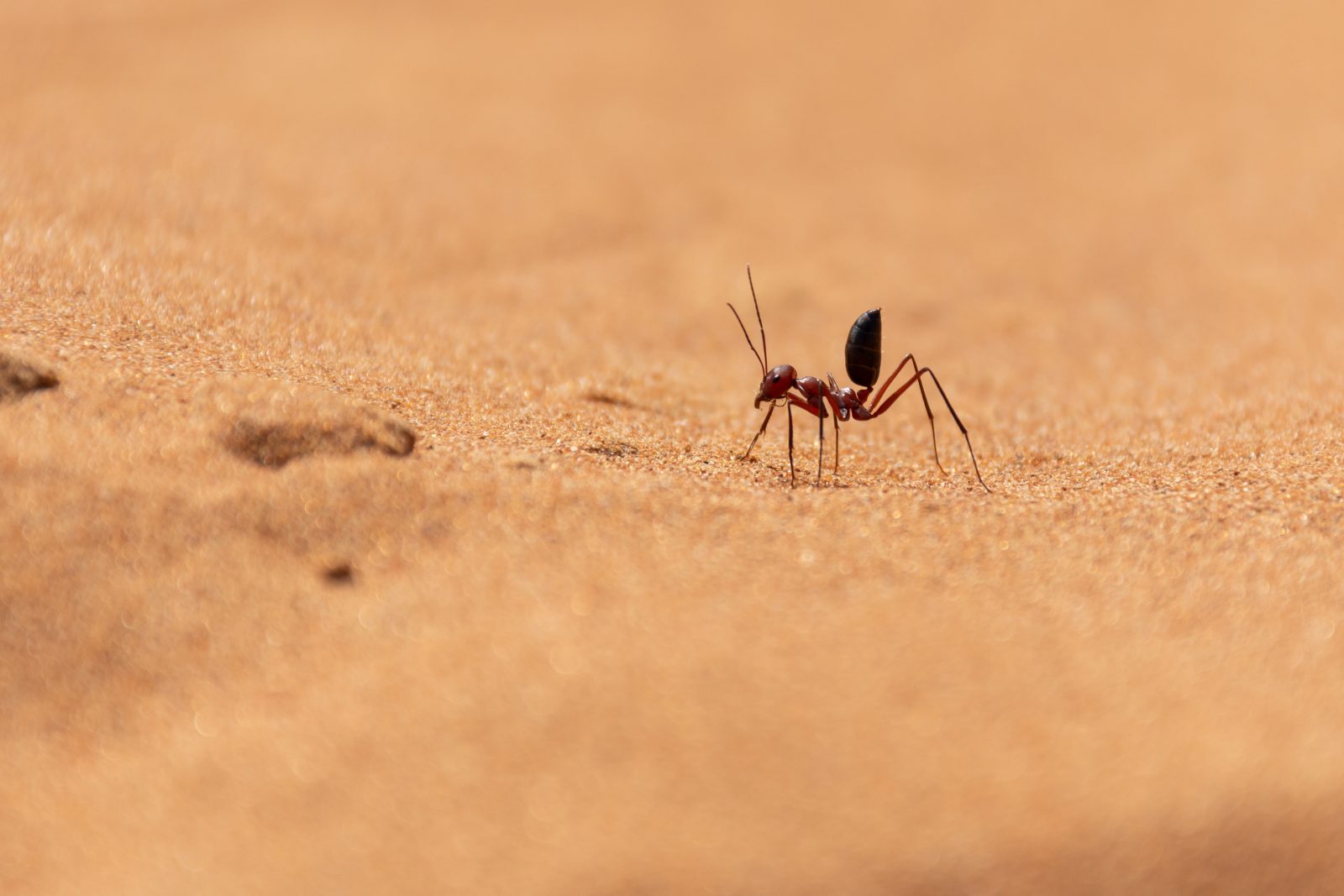


Ruminants, Moon Watchers Bedevil Darwin
On today’s ID the Future host Andrew McDiarmid brings listeners a couple of fascinating recent articles from Evolution News & Science Today by David Coppedge. The first is “Animals Tune Behavior by Lunar Cycle; but How?” The second article is “Darwin, We Have a Problem: Horse Teeth Are Not Less Evolved.” In the first, some ingenious molecular engineering crops up in widely divergent creatures, giving them some impressive abilities to read lunar cycles. The evolutionists’ go-to explanation is “convergent evolution,” an incantation that fails to explain how something like this could have evolved even once, much less multiple separate times. And in the second, a much-beloved story of ruminant tooth evolution gets a kick in the teeth from a series of uncooperative facts, not least of which are the teeth of a famous non-ruminant, the horse.

Animal Algorithms Webinar Pt. 2: Author Q&A
Today’s ID the Future is Part 2 of a recent live webinar with Eric Cassell fielding questions about his new book, Animal Algorithms: Evolution and the Mysterious Origin of Ingenious Instincts. He and host Casey Luskin explore the engineering wonders of web-spinning spiders and their extraordinary silk, and the challenge of transforming solitary insects into social insects (with their complex and interdependent caste systems) via a blind step-by-step evolutionary process, and the many thousands of genetic changes required. What does Cassell consider the best explanation? He invokes design theorist William Dembski’s work with No Free Lunch theorems to argue that blind processes are a no-go for explaining their origin. From there Luskin opens the webinar up to questions from the live audience. Have researchers tried to locate these algorithms in the DNA of the animals exhibiting complex programmed behaviors? Do any of the insects Cassell discusses use pheromones and, if so, how? What do biologists make of the apparently purposive nature of all these different kinds of complex programmed behaviors? Cassell fields these and other questions and says that more progress would be possible if not for the fact that so many scientists are infected with what he terms teleophobia — an unwillingness to recognize evidence of teleology and purpose in biology. Another question concerns examples of striking convergence among social insects and gifted animal navigators. Cassell argues that although the evolutionary community waves the term “convergent evolution” at such instances, they actually pose a powerful challenge to evolutionary theory.

Animal Algorithms Webinar: Desert Ants and Honey Bees
Today’s ID the Future brings listeners the first half of a recent live webinar featuring author Eric Cassell fielding questions about his intelligent design book, Animal Algorithms: Evolution and the Mysterious Origin of Ingenious Instincts. Center for Science and Culture associate director Casey Luskin hosts. They begin the webinar discussing Cassell’s unique set of qualifications for writing the book, and then they move into a conversation about the amazing desert ant, a master navigator from birth, able to integrate multiple navigation sensors despite having an incredibly tiny brain. Cassell argues that these innate skills point to algorithms programmed into the ant’s brain and genome, and that such programming is far better explained by intelligent design than by any blind evolutionary process. Also making an appearance in this first half of the webinar: the integrated wonder of the honey bee colony.